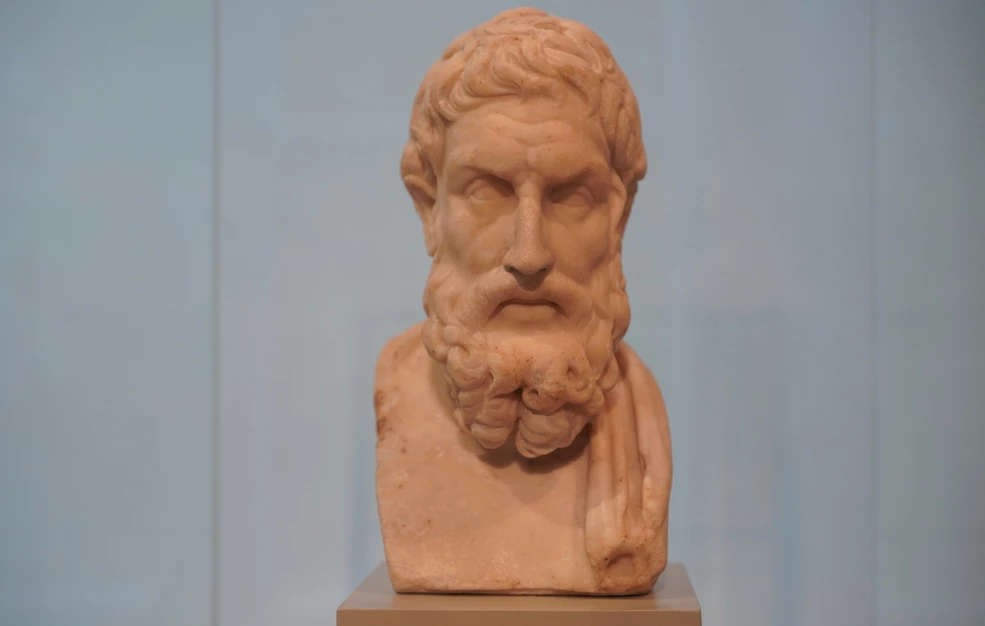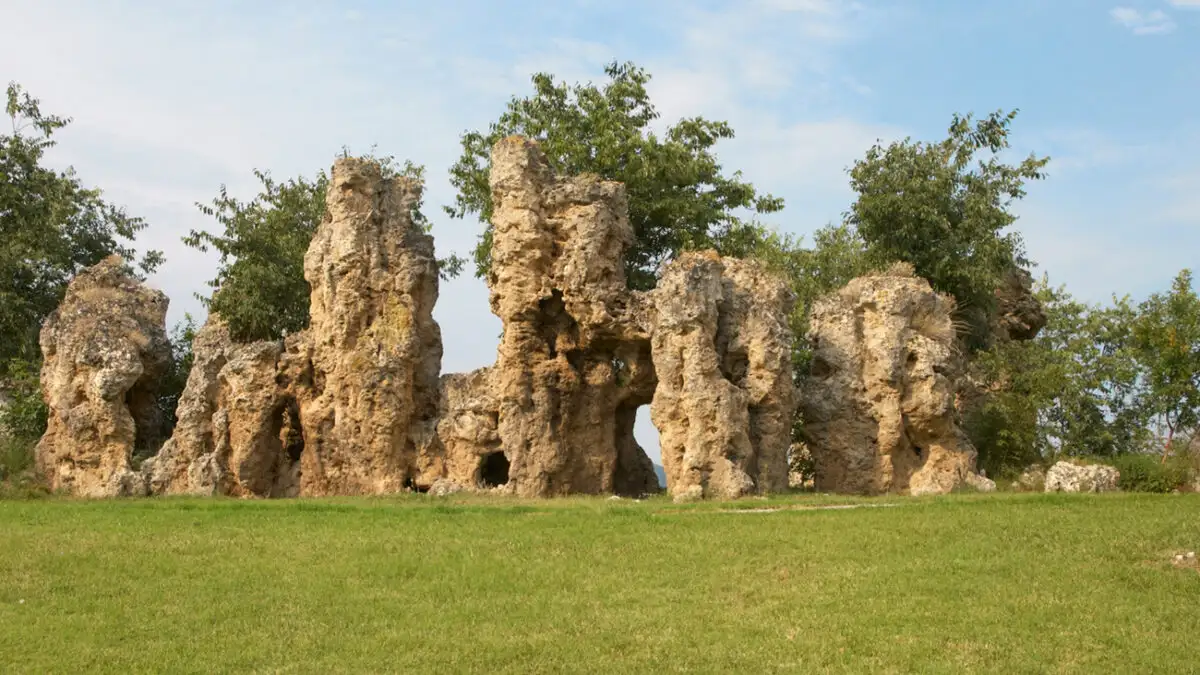Author: Sarah Rose Sharp
“3D is an amazing tool to simulate what people who lived 2,500 years ago might have experienced while walking around Athens,” says photographer and animator Dimitris Tsalkanis.
Panoramic view of the Acropolis. On the bottom right, the Propylaea. On the top of them, the stoa of Braubronia Artemis in “Π” shape, the Chalkotheke and the Parthenon. On the left are the ruins of the older temple of Athena and next to them, the Erechteum. (All images courtesy of Dimitris Tsalkanis and Ancient Athens 3D)
All of us have fun pastimes — roller derby, Civil War reenactment, erotic baking — but since 2007, Athens-based photographer and animator Dimitris Tsalkanis has cultivated a sort of unusual hobby: recreating ancient Athens via 3D modeling software. The project started when he was still in university, studying art and art history along the way to a Master’s in Visual Effects.
“I had no previous experience on 3D and I started experimenting in my spare time,” said Tsalkanis in an email interview with Hyperallergic. “I always liked archaeology and since I am from Athens, I was always interested in its monuments and history. During my research, I realised that up until then no one had attempted a complete 3D reconstruction of ancient Athens.”
In 2008, Tsalkanis launched a website, Ancient Athens 3D, which features monuments from the ancient metropolis through seven historical periods. Tsalkanis stays up to date with his fantasy city, updating reconstructions constantly for better quality of models and better archaeological and historical accuracy.
“This whole project continues to be and functions as a personal creation, without any official backing whatsoever,” said Tsalkanis. “Those who have at times contributed with their knowledge or advice, have done it for free and I am really grateful to them.”
Visitors to the site can browse reconstructions that date back as early as 1200 BCE, the Mycenaean period — or Bronze Age — through Classical Athens, featuring the rebuilds made necessary by the Greco-Persian War, and ages of occupation by Romans and Ottomans. Tsalkanis traces the evolution of sites like the Acropolis throughout the ages, the rise and fall of the city walls, the Agora, which served as center of city life, and various temples, libraries, and other fortifications.
The Agora during the 5th century BCE: 1. Basileios Stoa, 2.Stoa of Zeus Eleutherios, 3. Temple of Hephaestus, 4. New Bouleuterion, 5. Old Bouleuterion, 6. Tholos, 7. Eponymous Heroes monument, 8. Aiakeion, 9. South Stoa I, 10. Southeast fountain house, 11. The Mint, 12. Courts, 13. Stoa Poikile.
“3D is an amazing tool to visualize the past and to simulate what the people who lived 2,500 years ago might have experienced while walking around Athens,” said Tsalkanis. “You can immerse into this environment or you can even 3D print it if you like. Thanks to this rapidly advancing technology, I am very happy to see many indie projects with ancient reconstructions spring up all over the world.”
Aerial view of the Library of Hadrian, built around the year 132 during the Roman Period, from the northwest. This reconstruction was created with the help of Chrysanthos Kanellopoulos, professor of Archaeology in the University of Athens.
Tsalkanis describes his reconstructions of Athens as “artistic” or “stylistic,” meaning that the monuments are (digitally) restored to their completeness, whether that condition is well documented or almost completely hypothetical — but the work he’s done is always based on the best archaeological information available.
“This approach was applied into actual monument restorations, especially during the 19th century,” said Tsalkanis, “and while it is nowadays considered to be unacceptable, 3D technology gives us the opportunity to experiment in every way possible without harming the actual monuments. So, although my digital reconstructions had been used in many different ways, my intention is that they should serve as an educational and didactic tool on how a monument or an ancient urban landscape might have looked like.”
The Parthenon after the conversion into a mosque during the Ottoman Period, with the minaret in the southwest corner.
Ancient Athens 3D is a monument in itself, representing 12 years of painstaking research and rendering by Tsalkanis, aided occasionally by volunteer input. In addition to the website, Ancient Athens 3D has a YouTube channel, a presence on Facebook, and an Instagram. Even after more than a decade of effort, Tsalkanis has only greater ambitions for the project.
“Technology nowadays gives many opportunities for interactive applications, like smartphone apps,” he said. “This area is definitely something that I am looking forward in the future. I really hope that this project in general will be a starting point for people who want to discover the exciting history of Athens!”
Source: hyperallergic.com












